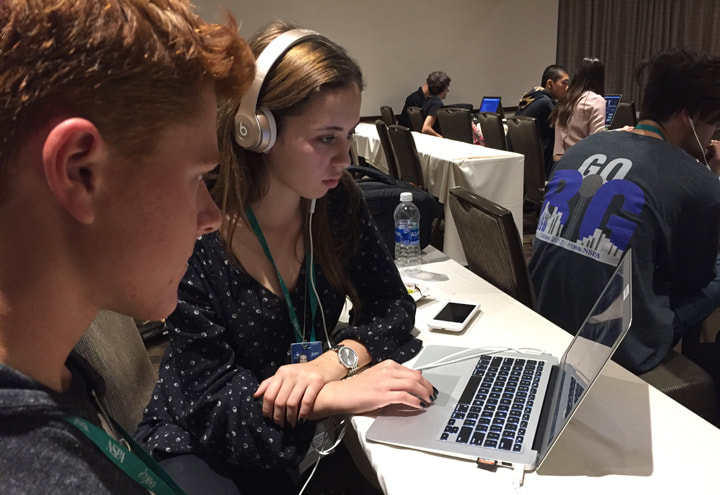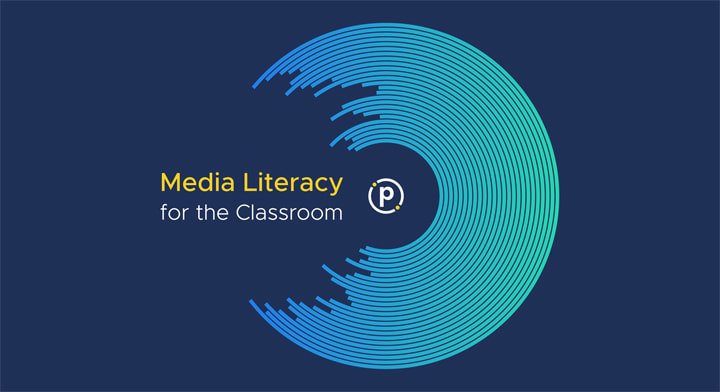|
It took several months before one of my high school students told me the story of what had happened on our class field trip. In November 2016, the day after the election, I took a group of 20 students to Indianapolis for the National High School Journalism Convention. During the trip one of my students was using the gym when a mom asked him if he was in town for the marching band convention. When he told her that he was there as a student journalist, she called him a “lying pig like CNN” and promptly ushered her children away. It was about that same time when I started noticing that my students were distrusting of many facts that I presented in class, and outwardly expressed doubt about the sources of those facts. They were more likely to rely on their friends’ or parents’ opinions than an expert’s and what I considered to be irrefutable evidence placed in front of them. They began to doubt expertise and question historical and scientific facts that we know to be true. It was chilling. It was an existential crisis for me as an educator: How can I teach when my students don’t believe experts? Where are they getting their information about the world and how is it affecting their ability to make important decisions in their lives, including--eventually--voting? In her keynote speech at SXSW EDU in 2018, Danah Boyd made a point that resonated with me because it echoed my experience in the classroom for the past year and half: Media literacy isn’t just about teaching students to analyze images. It’s about helping them answer the most fundamental questions: How do you know what you know and how can you be sure? I began by trying to answer those questions for myself. Assumptions I’d held as an educator about my students and how they came to understand the world, let alone my curriculum, were suddenly upside down. The disparity between how I taught (lectures, class discussions, reliance upon credible primary sources, etc.) and how they learned outside of class (social media, friend groups, etc.) needed to be reconciled. But more importantly, it was a matter of who they trusted more: teachers, textbooks and academics or YouTubers, their friends and people they’re familiar with. The result of this introspection is a self-paced online media literacy course that I developed for teachers that addresses these fundamental questions. I feel that we as educators need to acknowledge the reality of our students’ lives, and at the same time honor the pedagogical responsibilities we have as teachers. I’ve been careful to design the course in ways that respects the time constraints of educators while providing skills, lessons and exercises that they can easily integrate into their existing curriculum. Educators already teach core media literacy skills in their classes such as research, analysis, critical thinking, etc. This course builds on those skills and provides guidance on how to apply them to digital texts like images, websites and social media, as well as explore psychological elements of bias that affect how students interpret and use facts once they find them.
The animosity my students faced on that field trip was a wakeup call for me as a teacher, and made me recognize that the pressures our students face from the world outside our classrooms is something we can’t ignore. If we want to help keep them safe intellectually and truly prepare them to be lifelong learners, then we need to give them the skills and mindset they need to succeed. And today that means being able to engage digital texts in thoughtful, meaningful ways.
0 Comments
Your comment will be posted after it is approved.
Leave a Reply. |
AuthorMichael is an award-winning media arts teacher, speaker and consultant in Los Angeles. Archives
October 2018
Categories
All
|


 RSS Feed
RSS Feed